Cape Cod Times
By Doug Fraser
Posted Jul 1, 2019 at 8:15 PM
Updated at 7:25 AM
Red tide raises threat of shellfishing closures
Red tide that has been creeping down the coastline for over a month is now poised slightly north of Cape Cod.
The tide has caused shellfishing closures that now extend from the New Hampshire border south to Duxbury.
The red tide algae, Alexandrium fundyense, produces a neurotoxin that can cause a condition called paralytic shellfish poisoning. The condition can cause tingling and numbness of the lips, tongue and extremities; drowsiness and dizziness; vomiting; respiratory arrest; and even death if the shellfish are eaten in sufficient quantities.
Filter-feeding species such as soft-shelled clams, blue mussels, surf clams, quahogs, bay scallops, oysters and some snails and whelks accumulate the toxin in their tissues as they feed on the algae. Once the bloom crashes and there are no more red tide algae in the water, they continue to metabolize these cells and purge the toxin from their meats. They are usually safe to eat within three days after the algae bloom ends.
The state Division of Marine Fisheries, along with the Woods Hole Oceanographic Institution and the states of Maine and New Hampshire, closely monitor the concentration and progress of the algae along the coastline after they hatch from cyst fields in Maine and are carried south by coastal currents and wind.
This year’s bloom was aided by a wet May and June that washed nutrients into the sea to feed the algae, said WHOI senior scientist Donald Anderson, an internationally renowned expert in harmful algal blooms. Anderson said Alexandrium fundyense algae also do especially well in layers of low-salinity water that form in the upper layer of coastal waters as stormwater washes off the land and from rivers into the sea.
“We have seen high cell concentrations in (Massachusetts) Bay this year,” Anderson said.
While the coastal currents can carry the cells offshore, saving inshore shellfish beds, easterly winds like those through the spring help pen them up against the shore. A large mass of cells in Massachusetts Bay resulted in closures on the north and south shores that began June 10, with closures progressing south through the rest of the month.
In March, the Division of Marine Fisheries begins testing locations along the coast and sampling mussels, which tend to accumulate and purge algae and toxins more quickly than other species. When high levels of toxin begin appearing in mussels, the state agency increases testing from once a week to twice a week, and begins testing other shellfish species.
As of Monday, Michael Hickey, chief shellfish biologist for the agency, said it was hard to predict whether the red tide will make it to Cape Cod.
“A lot is based on the wind direction,” Hickey said.
On Monday, the wind was coming out of the west and should be pushing the tide offshore, Hickey said. But cell counts are still high up into New Hampshire and Maine, he said.
Hickey said he expected to get an update late Monday after samples taken that day were processed in the lab.
The last big red tide event was in 2005, which led to shellfishing closures from Maine to Nantucket. The closures caused millions of dollars in lost summer revenue for shellfishermen and affiliated businesses.
— Follow Doug Fraser on Twitter:@dougfrasercct.
Red tide raises threat of shellfishing closures – Cape Cod Times
